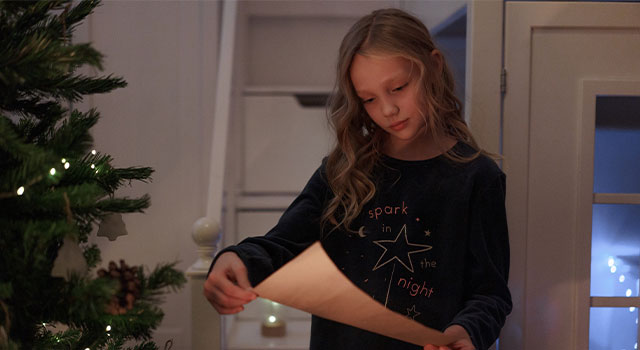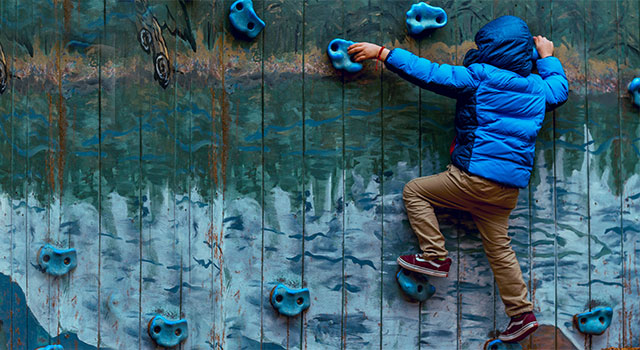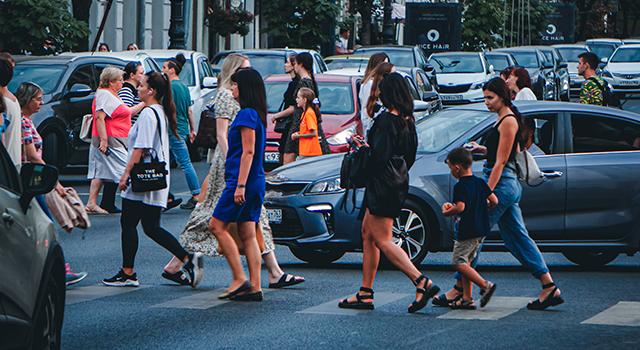One of the first questions people ask is: why is my child’s eyesight getting worse? More importantly, what can I do about it? We often hear parents say: “I take my child to the eye doctor and the doctor just prescribes a higher and higher prescription each time. Aren’t the glasses supposed to correct the eyes?”
Conventional eyeglasses don’t “correct vision”. They merely compensate for how nearsighted the eye has become. It is how the person uses their visual system that is increasing the myopia. It’s not that the eyeglasses or the computer made the child’s eyes worse.
When a child is given new eyeglasses, obviously that enables them to see more clearly. That’s the short-term benefit. However, the accommodative system (focusing mechanism controlled by the eye and brain) continues to over-focus, and the convergence system (where we point our eyes) continues to over-converge. That is the reason that children become more nearsighted. This is why the eyeglass prescription becomes worse each year. Eyeglasses don’t solve that problem because the real reason for the over-focusing and over-convergence happens inside the child’s brain, and it is the brain that controls what the eyes do.
So how can we address this?

Orthokeratology, Ortho-k for short, are special molding contact lenses that changes the shape of the cornea while someone sleeps at night. Then, during the day, children and adults are able to see clearly without having to wear eyeglasses or contact lenses during the day.
Ortho-K lenses and designs have improved much in the 30 years I have prescribed them. This procedure is FDA approved for children and adults, so it has gone through a very rigorous process to make sure that it is healthy and effective.
Special lenses are custom designed and are worn at night while sleeping, much as a night retainer is worn after teeth have been straightened through orthodonture. You can notice the similarity in name; Orthokeratology and Orthodonture. Essentially, Ortho-k is like braces for the eyes. Once the teeth become straight, people wear a night retainer.
We have patients as young as 6 in this procedure, and patients that are in their 70’s. There are a number of different designs of ortho-k lenses. The ones that work best are those that are custom made to your cornea shape. They take the least amount of time to start having their effect and the effect lasts the longest. Another benefit of custom ortho-k lenses rather than pre-manufactured lenses, is that there are usually fewer visits. Children are able to see clearly all day long.
We also prescribe ortho-k for people who are farsighted, and for adults who need to be able to see clearly for distance and for near. Those are called Multifocal Ortho-k.

Vision Therapy is a process to learn how to more correctly focus and converge the eyes and visual system. It addresses the root problem of why someone continues to become more and more nearsighted. This re-training usually takes about 6 months and its benefits continue after the therapy has completed.
It is similar to learning how to ride a bicycle, play tennis, or drive a car. Once learned, the ability becomes second nature. Vision Therapy addresses how the visual system functions. Ortho-k changes the structure.
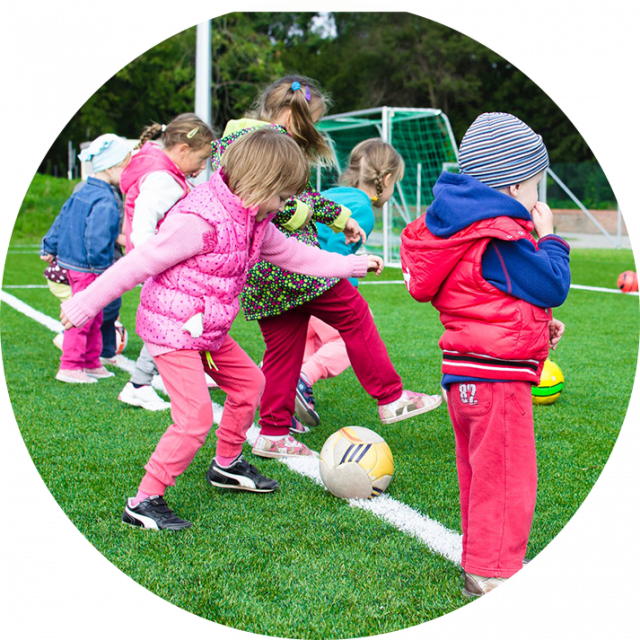
Atropine Therapy is a special eyedrop that is used nightly. Studies have shown that Atropine slows down the progression of myopia. This is an off-label use of this medication, but has been used safely for many years. The dosage is adjusted for each individual depending on several factors including how nearsighted the parents and other siblings might be. The dosage is increased if there is a greater propensity of progression.
MiSight by CooperVision is a new FDA approved daily disposable lens procedure that has been studied and scrutinized to successfully reduce the progression of myopia. It is specifically for children who are 7 to 14 year old and have between 1 and 4 diopters of myopia. It can sometimes be used for even younger and older children and even those that have higher degrees of myopia. Many parents are familiar with soft lenses and have worn them themselves, so they are comfortable with the thought of having their children wearing them. The lenses are daily disposable lenses but their design is different than regular daily disposable lenses. They are designed specifically to reduce myopia progression.
NaturalVue lenses are also daily wear soft lenses that have been used for many years to reduce myopia progression in children.
Syntonic Phototherapy is the use of light as a therapy. People are very familiar with blue light to treat children born with jaundice and dentists using ultraviolet light to seal teeth. Syntonic phototherapy is a passive therapy using specific wavelengths of light for 20 minutes a day, 5 times a week, for 4 weeks. The treatment recalibrates the brain and relaxes the visual system.
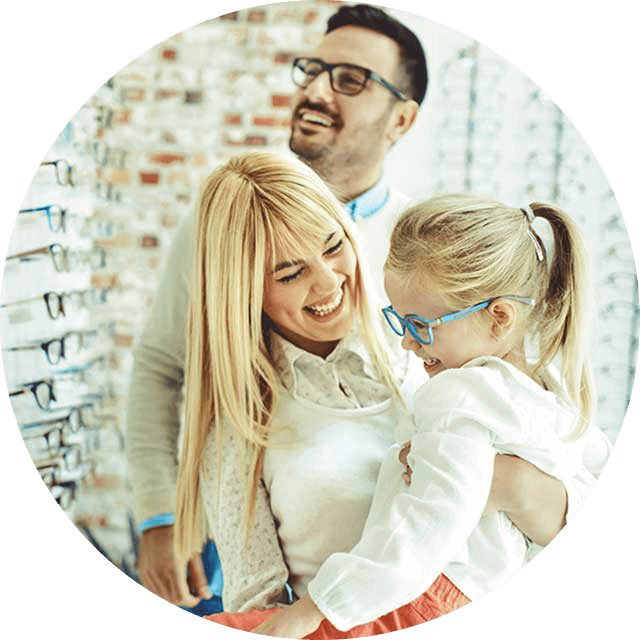
Bifocal Eyeglasses are the first way to address this. These lenses are designed and prescribed differently than compensating lenses. Bifocal eyeglasses are prescribed so the individual does not need to constantly over focuses at near. These lenses are therapeutic rather than compensatory.
As stated above, it is the over-focusing that is the stimulus to the myopia progression. It’s a straightforward and quick solution so the child can see the board in school through the top part of the eyeglasses and read at near through the bottom part.
7. Special Near Therapeutic Eyeglass Lenses
Special Near Therapeutic Eyeglass Lenses are prescribed for children, for when they are reading and doing other near-point activities, such as computers or games. This too is a simple and inexpensive solution. However, to benefit, a child must use these therapeutic eyeglasses when doing near work and take them off for distance.
At times, putting eyeglasses on for near, and then taking them off to see at distance, becomes cumbersome. If they are not used, they obviously won’t address the myopia.

The methods above address the myopia by reversing it. They address the problem long-term so it does not progress.
We can also reduce how quickly someone becomes more nearsighted, with the following options. These impact the progression, but don’t reverse the process. As someone becomes more nearsighted, they are at higher risk for Retinal Detachment, Glaucoma, Cataracts, and Myopic Maculopathy. This is the reason it is important to prevent myopic progression.
we are experienced with all of these modalities
The good news is that in our office, we are experienced with all of these modalities. We can and often combine therapies, for example, Ortho-k and Vision Therapy. The combination of these two is probably the best approach because Ortho-k alters the structure, so we have fast improvement, and Vision Therapy alters the function, so we have long term benefits. Vision Therapy re-trains the brain and visual system so that the myopia does not return.
Some offices offer some of these methods. We are proud that we have experience with all of these. Our philosophy is that the doctor and patient work as partners together and arrive at a treatment plan that you are comfortable with. We are happy to answer all questions, and will make recommendations based on your particular needs. Each method has its benefits. We are happy to discuss the risks and benefits of each.




